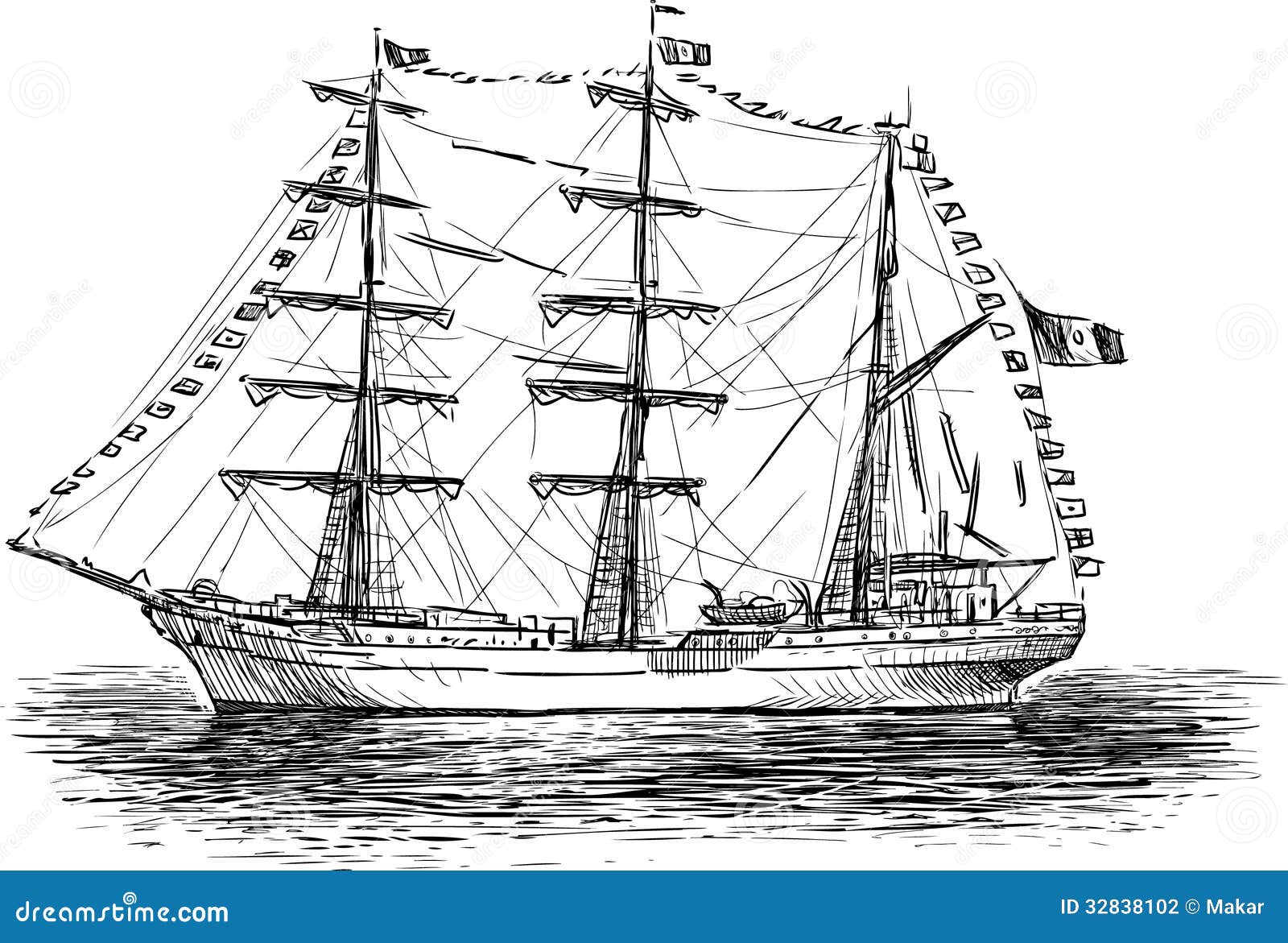

Ships like the Mediterranean galleys and the nordic drakkar relied mainly on oars for propulsion aided by square sails when there was a following wind. In what follows, I concentrate on the evolution of larger craft destined for trade, war and long distance travel.īefore the Age of SailIn Europe, for a long time, boats were small, had one mast and seldom left sight of land. I cover those prehistoric boats in another section. Prehistoric boats Anything that floats can be lashed together to serve as a primitive boat and, starting with log rafts, early man went on to develop dug-out canoes, reed boats and kayaks. But during the 15th century (1405-1433), massive fleets under Admiral Cheng Ho (or Zheng He) went on voyages to India, Arabia and Africa. China is not known as a seafaring nation and, for many centuries, it promoted a policy of isolation to the extent that China relied on the Portuguese then Dutch for trade with Japan. Chinese ships also developped many other features before the west, for example: the stern mounted rudder, multiple masts, water-tight hull sections and the magnetic compass. These give the sail better aerodynamics and allow reducing the sail area for different wind conditions. Its most distinguishing feature are sails divided into a number of horizontal panels by bamboo slats ( battens). The typical vessel is the junk, an efficient design that is fast, easy to handle and able to sail upwind. Chinese ships Before discussing European vessels, we take a quick look at Chinese sailing ships. On these pages, I summarize what I found. One question led to another and I went on a wild tour of the Internet.

Note: I got interested in the history of sail while transcribing the letters of a Swiss relative who died in Shanghai in 1902 while working for a European silk importer and I wondered how long it took his letters to reach home. Early Sailing Ships Development of Sailing Ships


 0 kommentar(er)
0 kommentar(er)
